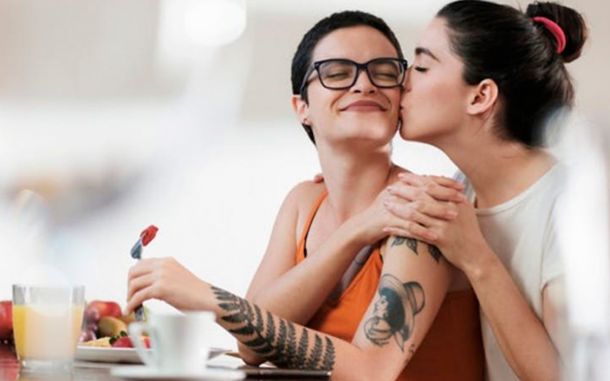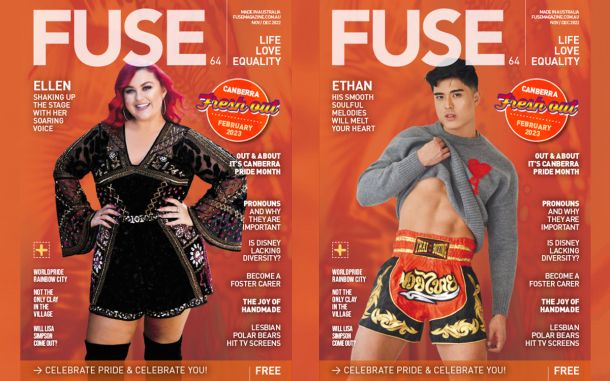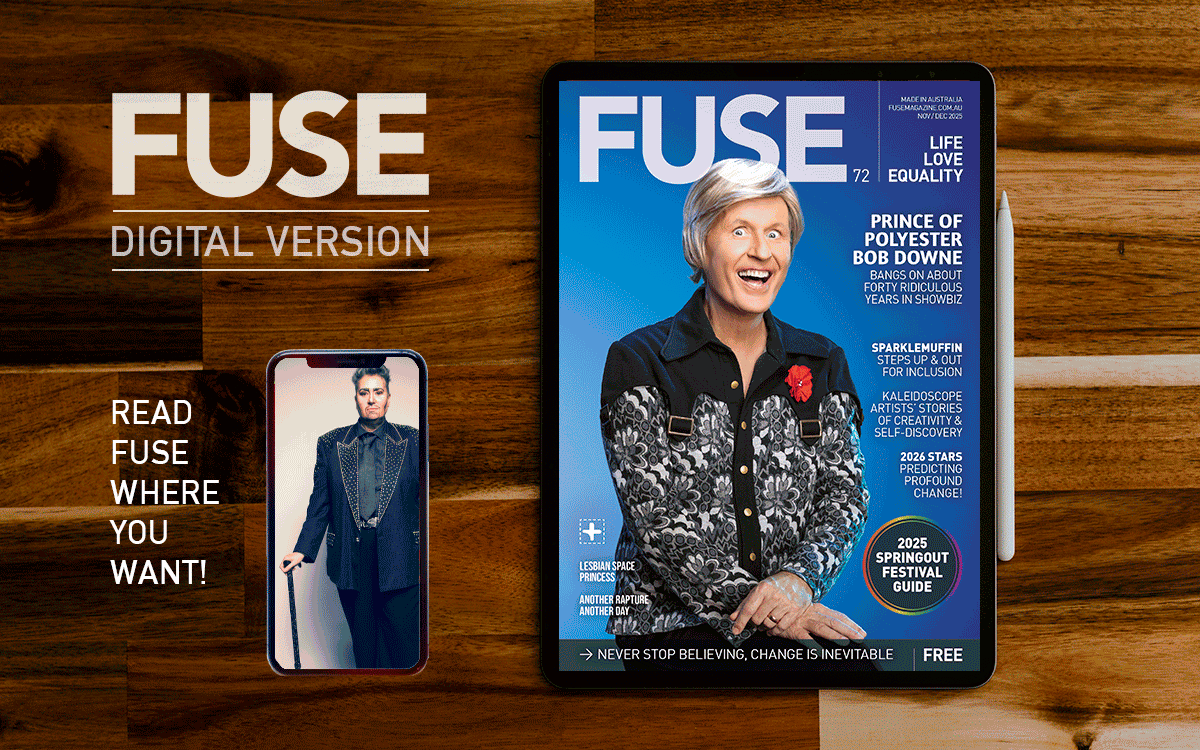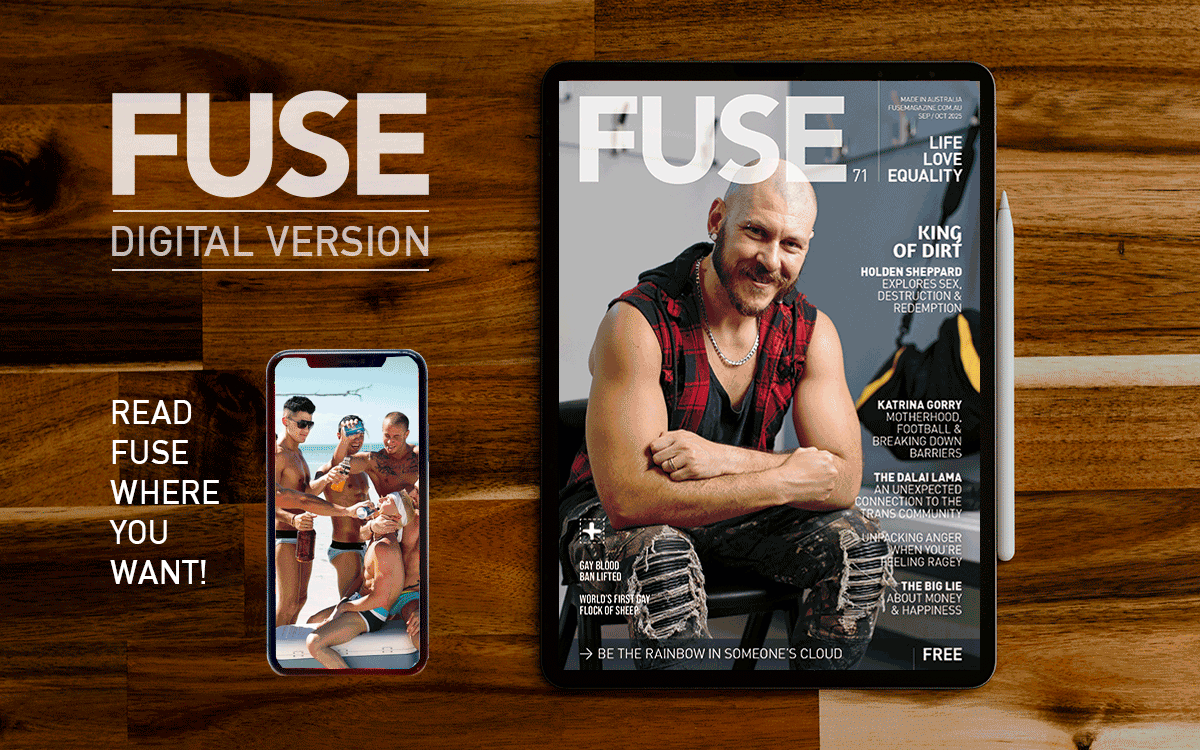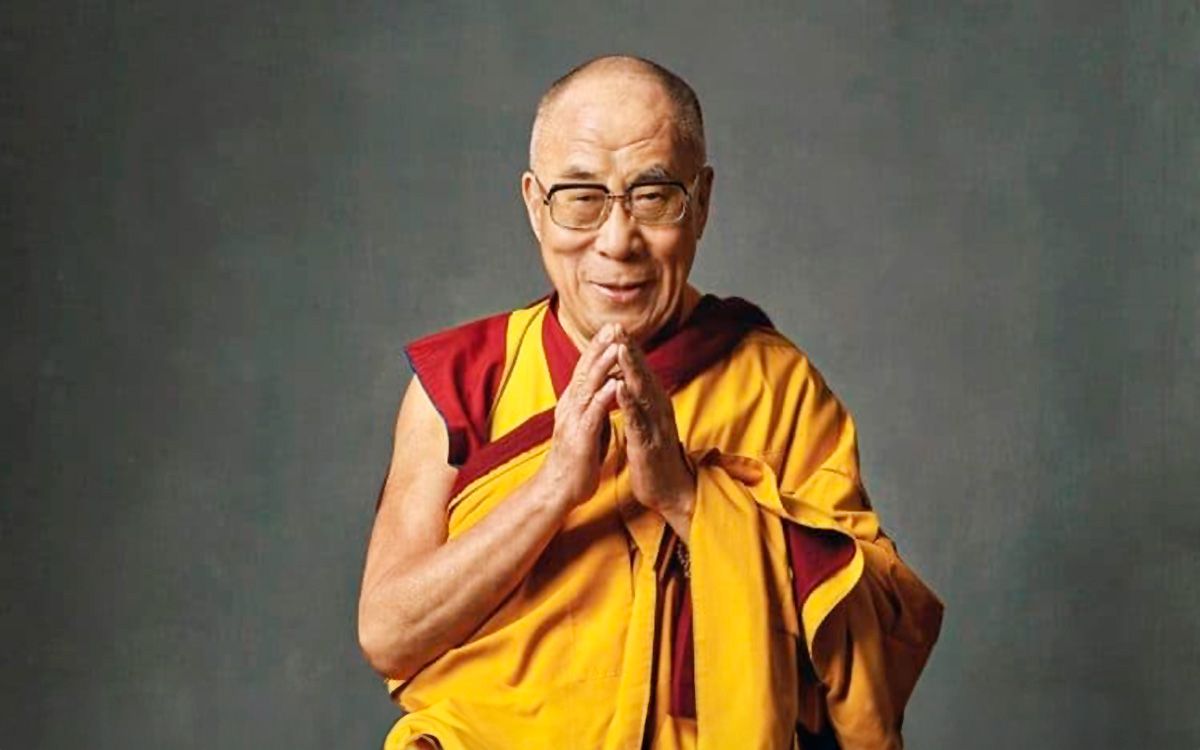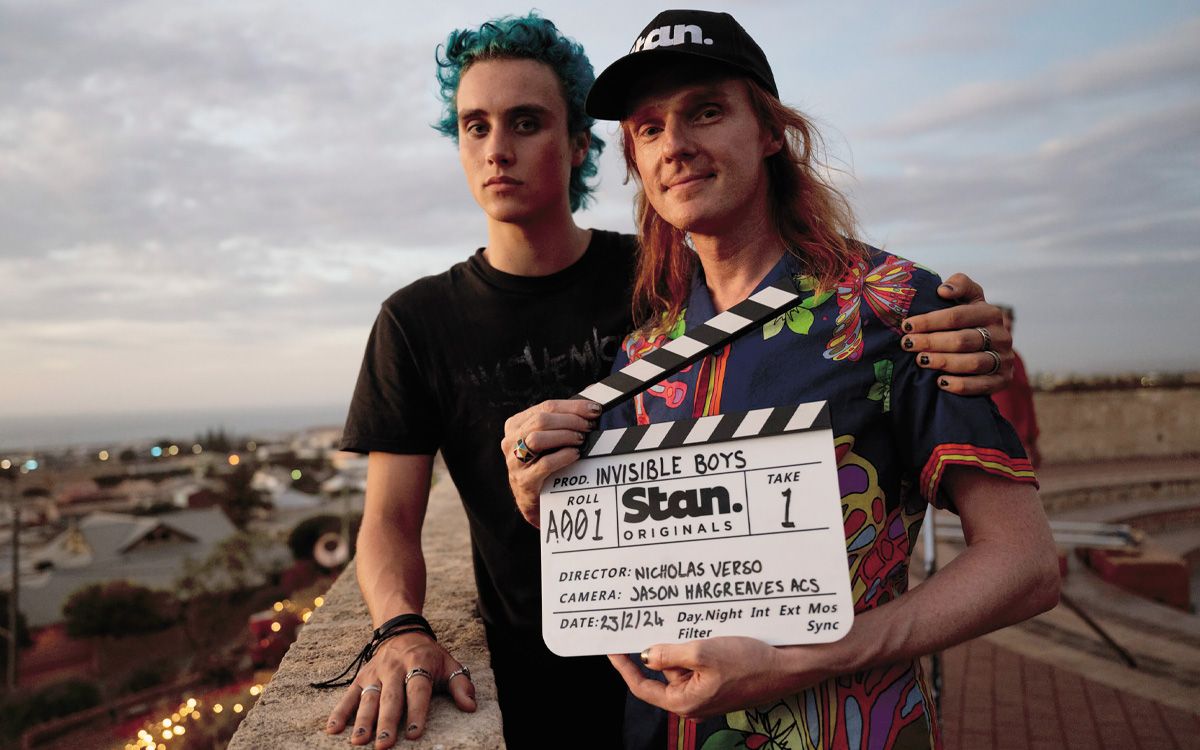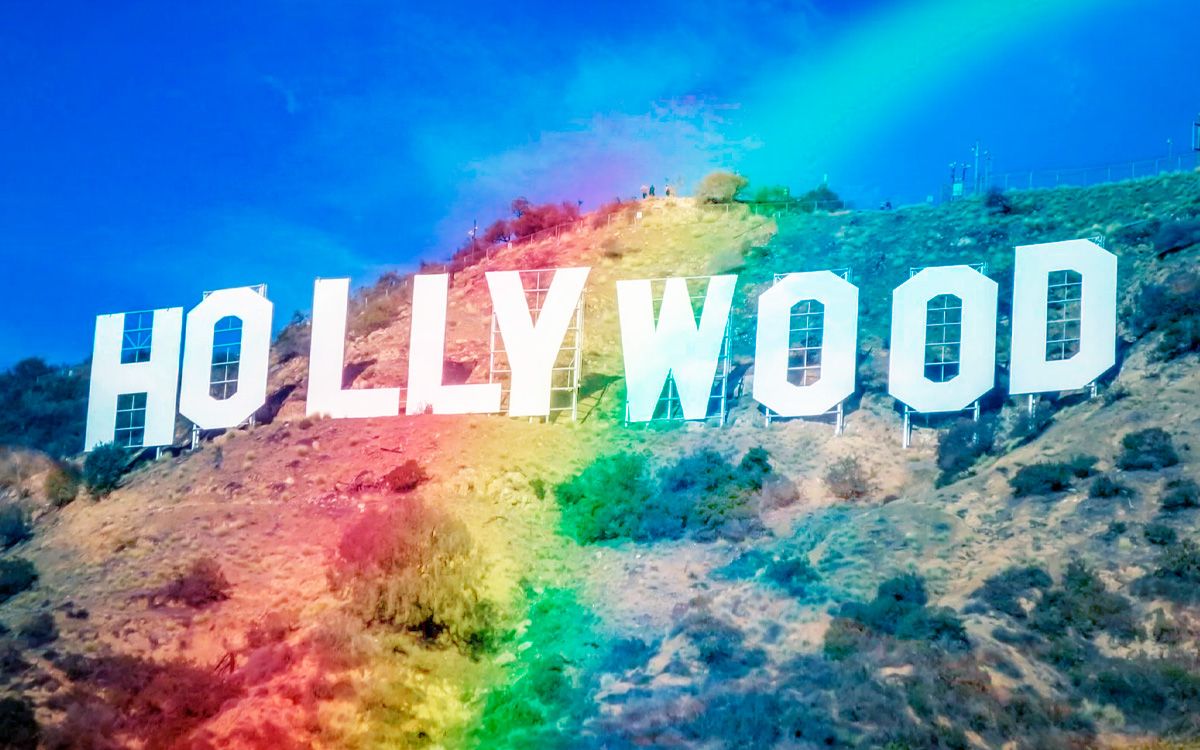Is Disney lacking diversity

At the mere mention of the name ‘Walt Disney’ it is difficult not to be mentally whisked away to a far-away land; to a place of childhood innocence where imagination flows endlessly and you can “wish upon a star”.
For most young people that have grown up in the English-speaking Western world, the stories crafted by Disney have, for decades, enchanted us. The princesses. The songs.
The fabulous villains. They hold a special place in our hearts, from our earliest memories that extend well into adulthood and beyond. As we get older the magic may fade, but for queer audiences a question looms large: where are all the gays?
The Walt Disney Company, as it is known today, has come a long way since Mickey Mouse made his screen debut in 1928. Countless animated classics, a slew of theme parks worldwide and the acquisition of a monopoly of companies has made Disney today’s juggernaut of multimedia entertainment. In the last two decades alone they have bought Pixar, Marvel, Lucasfilm (Star Wars) and 20th Century Fox. Their online streaming platform Disney+, launched in 2019, now has more subscribers than Netflix.
Yet for all that Disney owns and produces, their inclusion of LGBTIQ+ characters and stories is, to put it bluntly, abysmal. As if the Fairy Godmother herself waved her magic wand and made us all disappear.
The company regularly makes headlines upon news of its supposed groundbreaking inclusivity. Disney’s “first gay moment”?
A blink-and-you-miss-it shot of Gaston’s sidekick LeFou dancing with another man in the 2017 live-action remake of Beauty and the Beast.
How about the “first same-sex kiss in Star Wars”? Two basically un-named female resistance fighters share a celebratory smooch for a second in a background shot in 2019’s The Rise of Skywalker. Or maybe “the MCU’s first gay character”? Just an unnamed grieving man (played no less by one of the film’s straight co-directors) who briefly mentions having been on a date with another man in 2019’s Avengers: Endgame. I could go on and on…
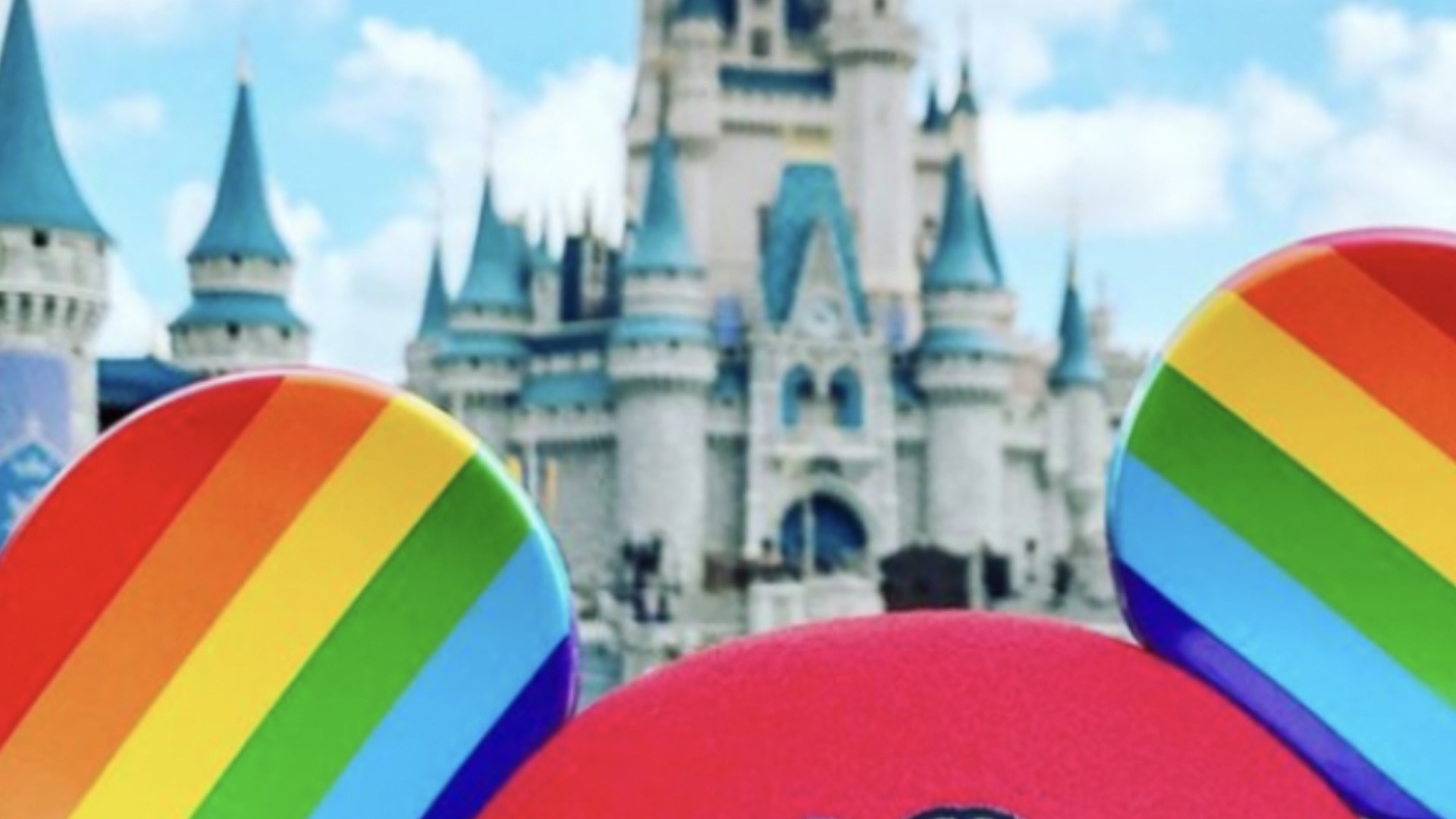
These passing moments between secondary (and that’s putting it generously) characters feels like nothing more than breadcrumbs from the dinner table. Their inclusion reeks of queer-baiting, luring us — and our so-called “pink-dollars” — in with the promise of visibility. Conveniently, each one is so fleeting and unimportant to the story being told that they are regularly left on the cutting room floor when the movie is exported to more censorship-heavy markets such as China, Russia, Indonesia and the Middle East.
Credit where credit is due, very recently there have been hints at genuine attempts by Disney subsidiaries at inclusion. Chloe Zhao’s Eternals (2021) depicted the Marvel Cinematic Universe’s first gay superhero with the character Phastos (played by Brian Tyree Henry), who is shown with his loving husband and son. This year’s Toy Story spinoff Lightyear featured the first same-sex kiss in a Pixar film between Buzz’s best friend Alisha Hawthorne (voiced by Uzo Aduba) and her partner.
While the scene had been cut initially, public scrutiny over Disney’s financial support of Florida’s “don’t say gay” law prompted the company to backtrack and keep the scene in. But these are baby steps, and as we settle into the 2020s, they seem to be not nearly in line with the times. Of course, Disney is not the only creator of entertainment that seems to so often forget the existence of queer people.
But they are one of the biggest, and certainly one of the most powerful brands on the planet… and they are rapidly buying up the rights to tell our stories.
For young queer people, seeing themselves reflected back on the screen is crucial — especially in this day and age where screen-time is skyrocketing. Will Disney change with the times?
Will they risk their conservative, carefully curated “family friendly” image? Only time will tell. In any case, we can always find solace in the fact that Ursula from The Little Mermaid was inspired by drag icon Divine. I am okay with that. Ursula was a total bad-ass.



